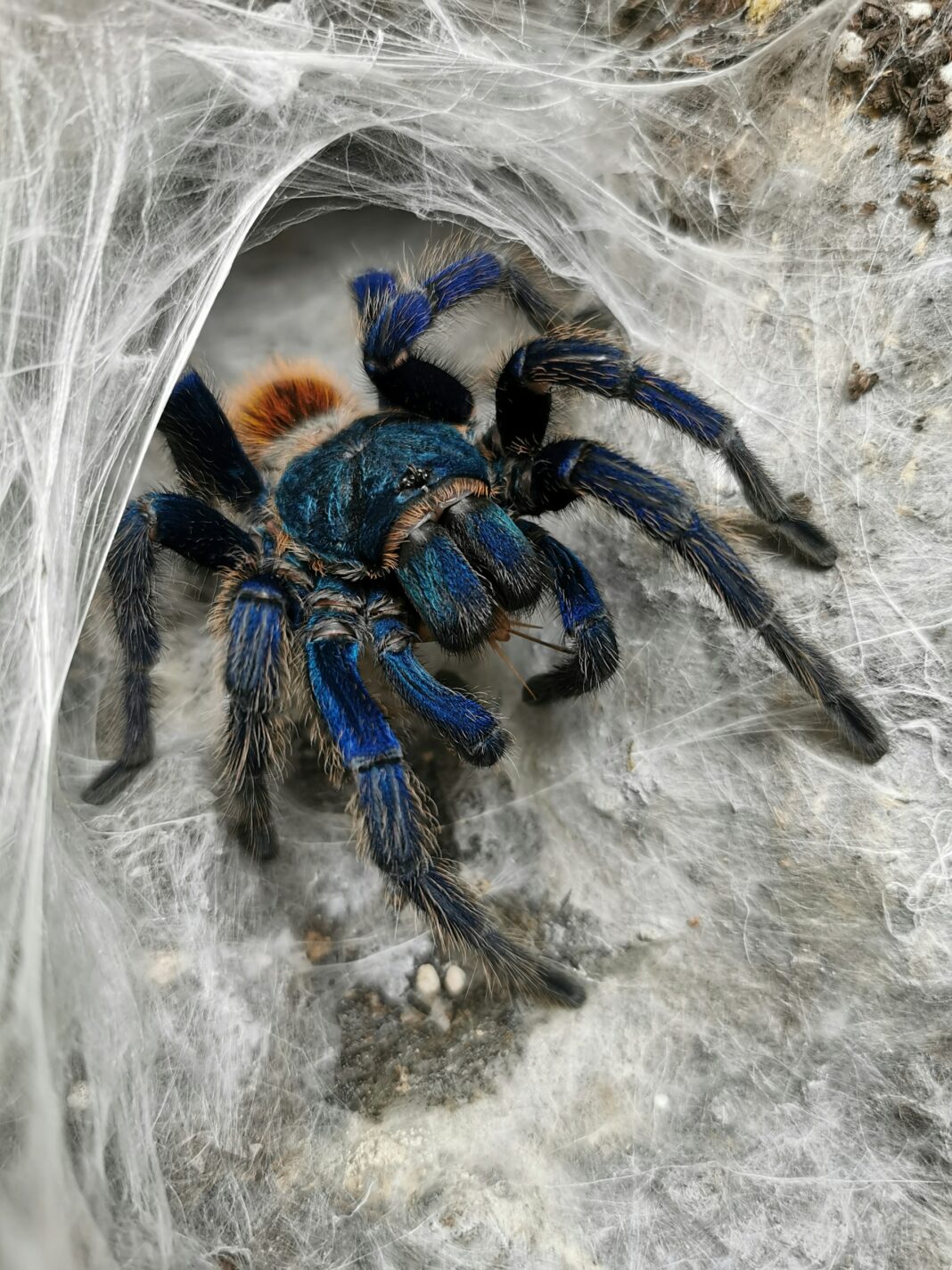CALIFORNIA—On October 16, at approximately 10:30 p.m., a Glendale resident reportedly captured video footage of a bear literally taking out his trash. It is time for bears to forage for food before hibernating. Bears are not the only ones making an appearance this time of year in California. Male tarantulas are coming out for mating season. Rattlesnakes are also on the move during the month of October.

Footage of the bear, recorded by Roberto Morales, went viral as the bear goes dumpster diving only to emerge with his white trash bag full of garbage. He then carries it to a neighboring yard to eat.
The following information on bears comes directly from the California Fish And Wildlife publication, “Bear Wise.”
“Bears’ appetites are biologically programmed to go into hyperdrive in the fall because they need to put on a thick layer of life-sustaining fat before they turn in for the winter. This annual power-eating marathon is called hyperphagia.
Hyperphagia is in full swing now because many fruits and berries (soft mast) are still available, calorie-dense acorns and nuts (hard mast) are ripening, and bears’ body clocks are ticking louder and louder. During hyperphagia, bears are like Olympic athletes in training. They must consume ten times as many calories as they need during the spring and summer if they’re going to den-up in tip-top shape. That means finding 20,000 calories a day or more. That’s a lot of nuts and berries.”
Bears are not the only ones on the move this time of year. Snakes are on the move as well. Rattlesnake season in California is from April through the end of October. According to California Fish and Wildlife, Southern California is home to seven species of rattlesnakes, two of which are made up of more than one subspecies. That’s the equivalent of approximately 10 forms of rattlesnakes in the state.

Most reptiles lay eggs. Like copperheads, rattlesnakes have live births. The mother rattler can give birth to up to 25 neonates (Pups/Babies) at one time. On average a mother rattler gives birth to approximately eight young. They stay with her for the first two weeks of their lives before wandering off on their own.
Wildlife experts warn Californians to be on the lookout for rattlesnakes in October because they will typically den up sometime between October and November.
October is a good time to see one of California’s largest Arachnida, the tarantula. Scientists report that the gentle giant normally keeps to itself coming between dusk and dawn at times. An unusual amount of tarantula sitings is reported in Autumn. The reason is that Fall is the mating season for tarantulas. The male tarantulas are on the prowl this time of year, searching for their mate.







